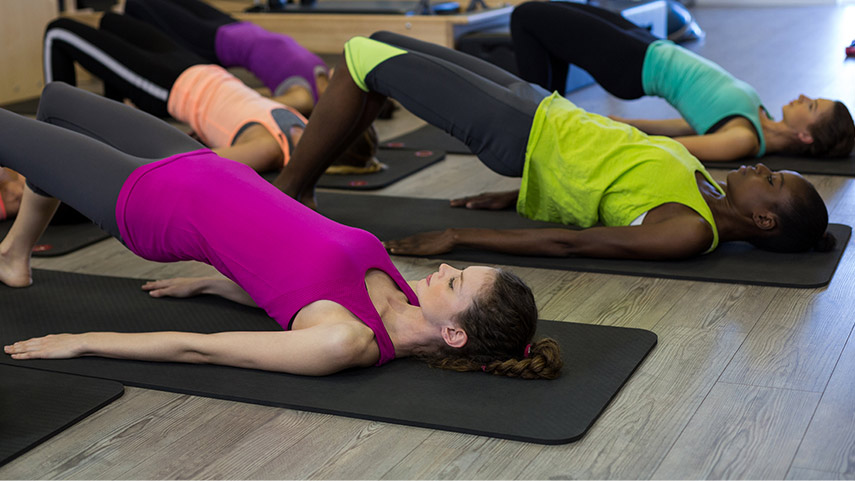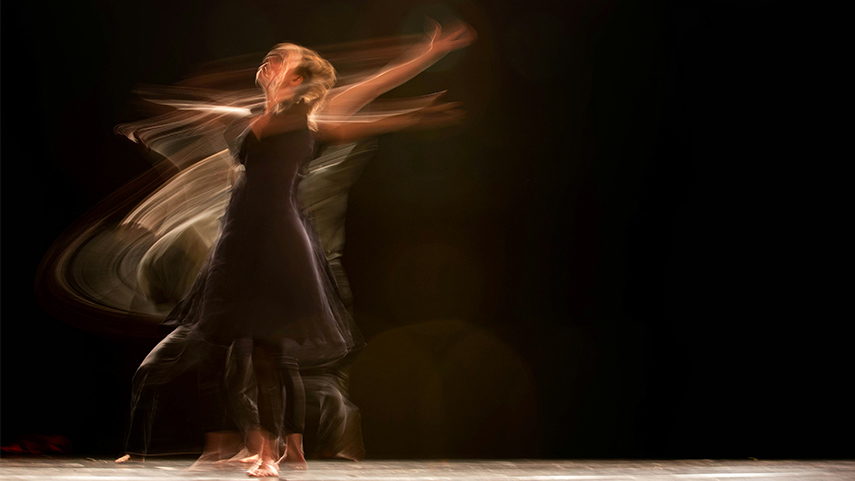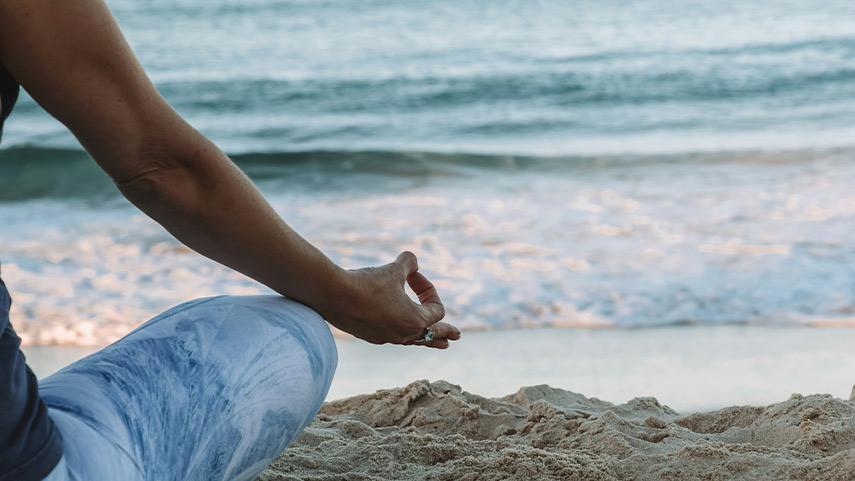Correcting Postural Issues with Pilates: A Path to Better Alignment
Understanding Postural Imbalances
Before diving into how Pilates can help, it’s essential to understand what postural imbalances are. Our bodies are designed to be symmetrical, with our left and right sides mirroring each other. However, due to daily habits, injuries, or muscle imbalances, we often develop poor posture. Common postural problems include:
- Rounded shoulders from hunching over computers or phones.
- Forward head posture due to prolonged screen time.
- Excessive lower back arch from weak abdominal muscles.
- Uneven hips from sitting for extended periods or carrying weight unevenly.
These imbalances don’t just affect your appearance – they can lead to back pain, headaches, and even restricted movement.
Why Pilates Works for Posture
Pilates was developed by Joseph Pilates in the early 20th century to improve overall body strength and flexibility, with a key focus on the core muscles. Unlike other forms of exercise that may focus on isolated muscles, Pilates emphasizes whole-body movements and a mind-body connection, which are essential for correcting posture.
Here are some key reasons why Pilates is particularly effective for postural correction:
- Strengthening the Core: The core, often referred to as the “powerhouse” in Pilates, includes the deep abdominal muscles, lower back, and pelvic floor. A strong core helps stabilize the spine, providing a foundation for proper posture. When your core is weak, your back muscles overcompensate, leading to imbalances and poor alignment.
- Improved Body Awareness: Pilates encourages mindful movement. As you perform exercises, you become more aware of how your body moves, where you hold tension, and how you can adjust to achieve proper alignment. This body awareness carries over into your daily life, making you more conscious of your posture outside of class.
- Flexibility and Mobility: Stiffness in the spine and surrounding muscles is a common contributor to poor posture. Pilates exercises like spine stretches and roll-downs gently mobilize the spine, improving flexibility and helping to counteract the effects of prolonged sitting or repetitive movements.
- Balancing Muscle Groups: Postural issues often arise from muscle imbalances – some muscles become overactive, while others weaken. Pilates exercises target both the front and back of the body, ensuring balanced strength. For example, exercises like the “Hundred” and “Spine Stretch Forward” strengthen the core and back muscles while also promoting flexibility.
Key Pilates Exercises for Posture Correction
While all Pilates exercises contribute to better posture, certain movements specifically target postural correction. Here are a few exercises that can make a significant difference:
- The Hundred: This foundational exercise strengthens the core and promotes deep breathing. It’s a great warm-up that engages the entire body and builds stability in the spine.
- Roll Up and Roll Down: These exercises gently stretch and strengthen the spine, improving flexibility and helping to correct misalignment. They also engage the deep core muscles, which support the spine in maintaining proper posture.
- Spine Stretch Forward: As the name suggests, this exercise is all about lengthening the spine. It stretches the back muscles and helps open up the chest, counteracting the effects of slouching.
- Swimming: This exercise strengthens the back muscles, particularly the ones that help maintain an upright posture. It also promotes spinal extension, which is essential for those with rounded shoulders.
- Wall Roll Down: By standing against a wall and slowly rolling down, this exercise helps improve spinal flexibility and posture awareness. It also helps identify where imbalances may lie.
The Long-Term Benefits of Pilates for Posture
Consistency is key when it comes to correcting posture, and Pilates offers long-term benefits that go beyond temporary fixes. As you continue to practice Pilates, you’ll notice:
- Increased strength in your core and back muscles, leading to better posture even when you’re not consciously thinking about it.
- Improved flexibility, which allows your body to move more freely and reduces stiffness in key areas like the neck, shoulders, and lower back.
- Enhanced body awareness, making it easier to self-correct your posture during daily activities.
Pilates also reduces the risk of injury. When your body is properly aligned, there’s less strain on your joints and muscles. This not only helps you move more efficiently but also protects against common postural-related injuries like lower back pain and neck strain.





